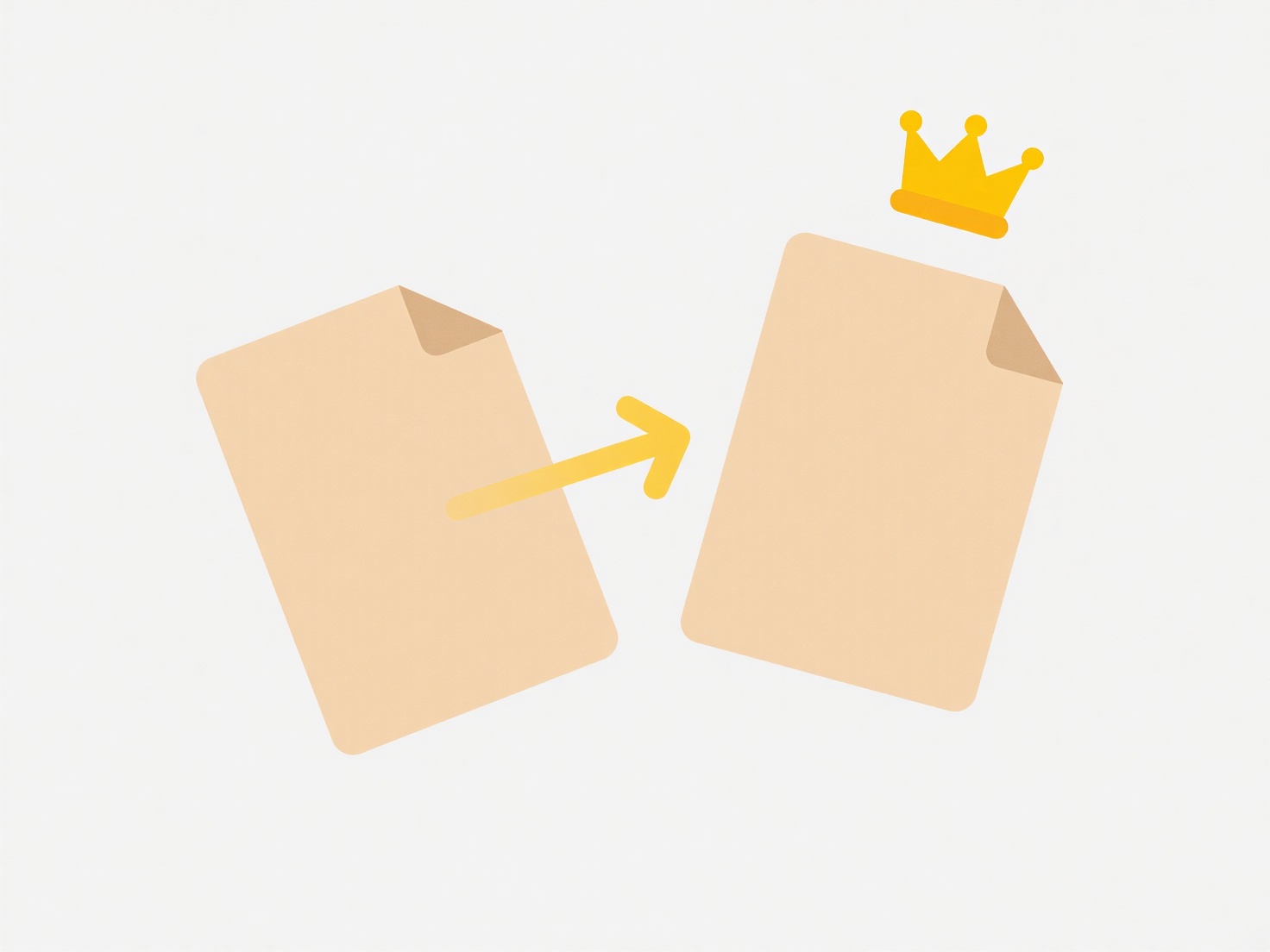
Photo library apps can identify visual duplicates—images appearing visually identical despite variations in metadata, resolution, or minor edits. They differ from simple file duplicate detectors, which look for exact file matches. Instead, they analyze image content using techniques like perceptual hashing ("phashing"), which creates a unique digital fingerprint based on image structure, colors, and patterns. Even if files differ (e.g., resizing or light editing), apps compare these fingerprints to find matches with high confidence.

For instance, Google Photos or Apple Photos automatically group nearly identical shots captured in quick succession, helping organize albums. Similarly, tools like Adobe Lightroom or specialized cleaners like Gemini use perceptual comparison to find duplicates after edits like cropping or filtering. Cloud services including iCloud and Dropbox also employ this to optimize storage across synced libraries.
The key advantage is efficient storage management and clutter reduction, saving user time. However, limitations exist: apps may miss duplicates altered significantly (heavy filters or collages) or include false positives with genuinely different yet visually similar images. While automatic deletion offers convenience, responsible apps often require user confirmation to prevent accidental loss of valuable edited versions. Advancements in AI are improving detection robustness against complex edits, further enhancing utility.
Can photo library apps detect visual duplicates?
Photo library apps can identify visual duplicates—images appearing visually identical despite variations in metadata, resolution, or minor edits. They differ from simple file duplicate detectors, which look for exact file matches. Instead, they analyze image content using techniques like perceptual hashing ("phashing"), which creates a unique digital fingerprint based on image structure, colors, and patterns. Even if files differ (e.g., resizing or light editing), apps compare these fingerprints to find matches with high confidence.

For instance, Google Photos or Apple Photos automatically group nearly identical shots captured in quick succession, helping organize albums. Similarly, tools like Adobe Lightroom or specialized cleaners like Gemini use perceptual comparison to find duplicates after edits like cropping or filtering. Cloud services including iCloud and Dropbox also employ this to optimize storage across synced libraries.
The key advantage is efficient storage management and clutter reduction, saving user time. However, limitations exist: apps may miss duplicates altered significantly (heavy filters or collages) or include false positives with genuinely different yet visually similar images. While automatic deletion offers convenience, responsible apps often require user confirmation to prevent accidental loss of valuable edited versions. Advancements in AI are improving detection robustness against complex edits, further enhancing utility.
Quick Article Links
Can I save files from apps directly to cloud storage on mobile?
Cloud storage allows saving data to remote servers over the internet instead of locally on your phone. Yes, many mobile ...
Can I save file search queries for reuse?
Yes, many modern operating systems and file management applications allow you to save search queries for reuse. This fun...
Why didn’t AutoSave work?
AutoSave is a feature designed to automatically save changes to documents or files at regular intervals, preventing data...